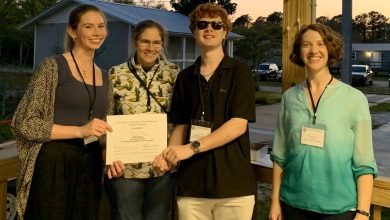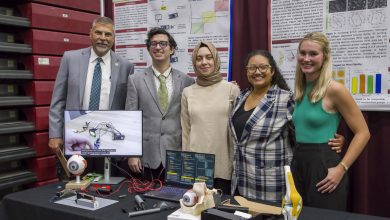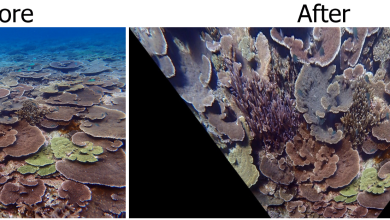Harry Potter’s Cloak: Expert to Explore Invisibility in Presentation Sunday at Gleason
MELBOURNE, FLA. — The question is simple; the answer, not so much.
Can we make objects invisible?
Gunther Uhlmann has been studying that topic for years, and the Walker Family Professor at the University of Washington will discuss his research Sunday afternoon at the Gleason Performing Arts Center on the Florida Institute of Technology campus as the 38th annual Society for Industrial and Applied Mathematics Southeastern Atlantic Section Conference concludes.
The free presentation, open to and designed for the general public, begins at 1:10 p.m. and concludes at 2 p.m. Reservations are not required.
Invisibility has been a subject of human fascination for millennia, from the Greek legend of Perseus versus Medusa to more recent examples such as The Invisible Man, Star Trek and the Harry Potter series, among many.
Over the years, there have been occasional scientific prescriptions for invisibility in various settings, but the route to cloaking that has received the most attention has been transformation optics. To achieve invisibility, one can design materials that would steer light around the then-hidden region, returning it to its original path on the far side. Not only would observers be unaware of the contents of the hidden region, they would not even be aware that something was being hidden.
As Science magazine stated in 2006 in naming cloaking one of the 10 breakthroughs of the year: “…no matter how you look at it the ideas behind invisibility are likely to cast a long shadow.”
An internationally renowned mathematician, Uhlmann studied mathematics as an undergraduate at the Universidad de Chile in Santiago, where he earned his degree in 1973. He received his doctorate from Massachusetts Institute of Technology in 1976 and held postdoctoral positions at MIT, Harvard and New York University. He was an assistant professor at MIT before moving to the University of Washington.
###






